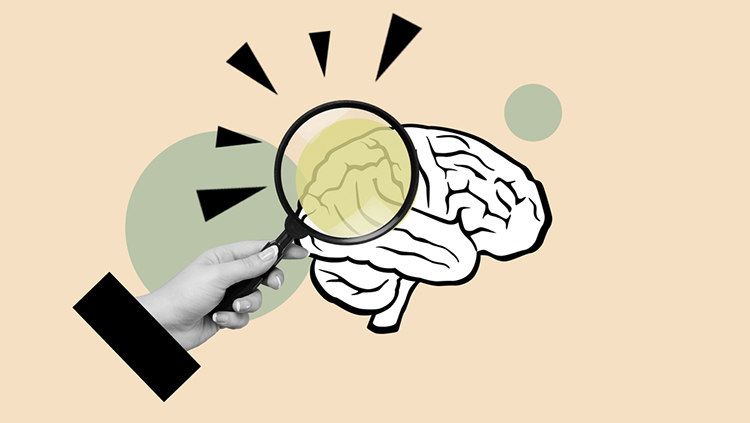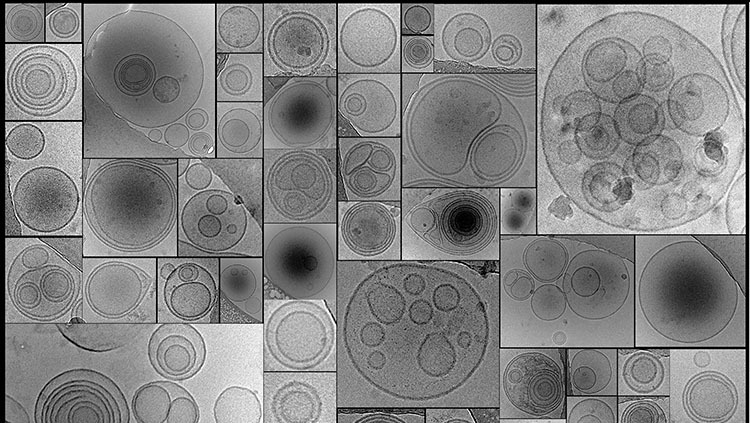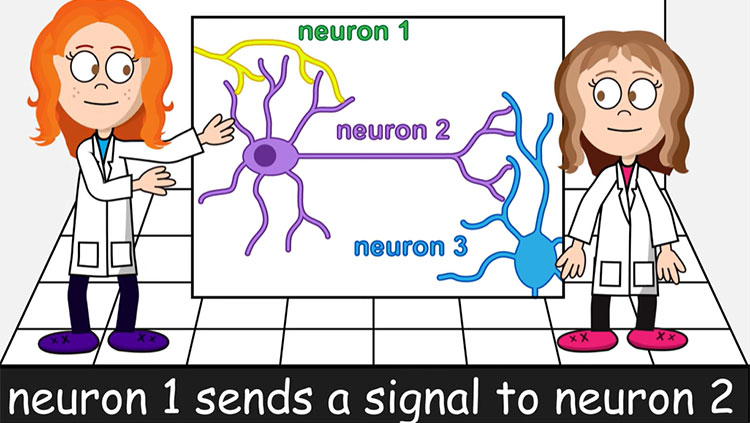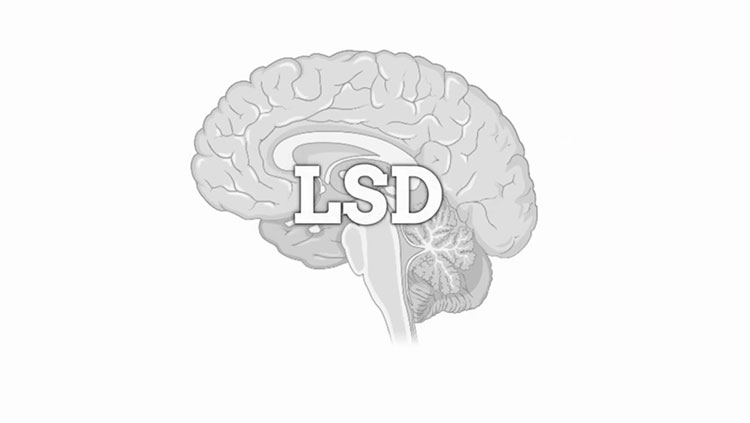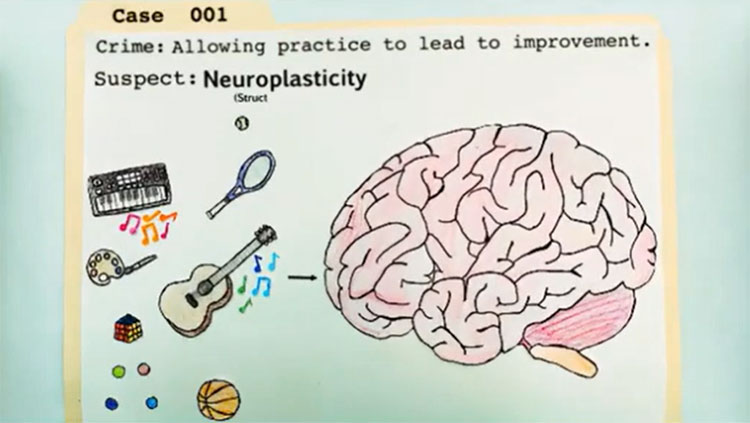How are Synapses Like Trees? An Introduction to Synaptic Pruning
- Published19 Oct 2020
- Source BrainFacts/SfN
During infancy, billions of brain cells form connections with one another, blooming like a tree. Like a gardener trimming the excess branches, synaptic pruning clears away unneeded connections. Too much or too little pruning can contribute to a range of psychiatric disorders.
This video is from the 2020 Brain Awareness Video Contest.
Created by Romal Mitr
CONTENT PROVIDED BY
BrainFacts/SfN
Transcript
Hacking away at unnecessary branches and promoting healthy plant growth, pruning is an important gardening practice that improves plant structure. But can we apply this into the context of our body? Well, our journey begins at the very top of our body, in the most complex organ…the brain.
In the brain, neurons communicate with each other through the passage of electrical or chemical signals. This transmission of signals between neurons occurs through synapses. But first off, let’s answer the question that we all want to know: How are synapses like my tree?
In order to answer that question, let’s start from the beginning. During infancy, a process called synaptogenesis begins, in which there is a rapid increase in the number of synapse formations between neurons.
This period during synaptogenesis is vital for memory formation and learning. The explosion of synapse formation continues till it reaches a peak at about the age of two or three.
From that point onwards, the brain begins the process of synaptic pruning that can last until around the age of 16. But how does synaptic pruning work? Well, it follows the principle of “use it or lose it,” in other words, as the synapse is used more, it’s strengthened, but if it’s not used and receives less activity, then it becomes weak until it’s eventually pruned.
Think of it like a hypothetical city layout. As the city is still developing, many roads are built throughout the city. After a few weeks, the city has roads everywhere, but this is not an effective city layout. Therefore, the city keeps a close watch on which roads are used the most. The roads that are constantly in use require more attention. Therefore, the city will continue to improve these roads. However, the roads that are rarely used will not be given as much attention and as a result, they will be in worse condition. Eventually, if no one uses the roads, the city will remove these roads to make space for other buildings.
Now that we understand how it works, it’s important to know that synaptic pruning depends on two things. In the early stages of synaptic pruning, the process is mostly influenced by the person’s genes.
In particular, the C4 gene. However, in the later stages, the pruning depends on the person’s experiences. Constant stimulation can help develop and permanently form certain synapses.
Synaptic pruning occurs at different times depending on the region of the brain. In the visual cortex, responsible for the processing of visual information, the peak of synapse formation is around eight months. But, in the prefrontal cortex, it’s around 15 months.
Synaptic pruning is key to understanding psychiatric disorders like Autism Spectrum Disorder and schizophrenia. Autism patients are known to have excess synapses caused by under-pruning, while schizophrenia patients have fewer synapses caused by over-pruning.
The symptoms of autism can help highlight this correlation. Common symptoms of autism include oversensitivity to lights and noise, and epileptic seizures that could be attributed to the overload of synapses firing at once due to a lack of pruning.
Overall, synaptic pruning has helped further the idea of brain plasticity. Wait, does that mean our brain is made out of plastic? Definitely not. It’s the idea that our brain has the ability to adapt in response to experiences and change throughout our lives.
But why does it matter?
Well, scientists can now understand the way that our brain remains effective even as we age. Scientists can develop new promising treatments for schizophrenia and autism by targeting synaptic pruning.
And now…we can finally answer our question: How are synapses like my tree? Well, they both need to be pruned to remain healthy.
Also In Cells & Circuits
Trending
Popular articles on BrainFacts.org


